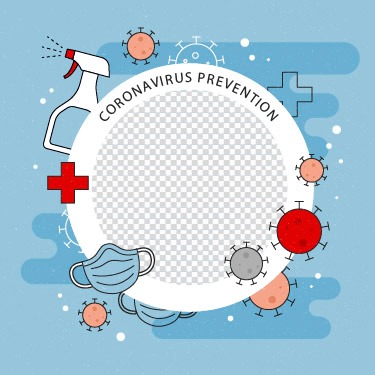Written by Bruno Manzoni, UniCamillus Workplace Safety Manager
In the last year, the spread of Covid-19 severely affected population worldwide, especially in healthcare facilities. The pandemic hit many hospitals and nursing homes, causing a large number of victims among healhtcare personnel, patients and guests. This produced negative effects on the entire National Health System of those countries which were suddenly facing the pandemic without the adequate knowledge of effective home therapies and specific vaccines.
In order to preserve the productive capacities of the economic system, efforts have been made to contain the spread of the virus in workplaces with methods of distancing, personal protective equipment and effective sanitization procedures.
In the context of companies’ OSH management, the Occupational Doctor played a fundamental role in the prevention of Covid-19’s diffusion. He managed to oversee and implement the proper prevention and quarantine procedures in cases of Covid-19 infection among workers.
This figure was introduced in 1994 in most workplaces and, especially in small and medium-sized companies, it is the only professional with a specific expertise in the prevention of occupational diseases and other related pathologies.
Over time, his contribution has been crucial in the prompt diagnosis of occupational diseases which affected a steadily increasing number of cases in the last 15 years (+50% approximately), against a constant decreasing trend in on-the-job injuries (-0.3% per year) and deaths at work (about -8% per year).
Therefore, during the last year, the Occupational Doctor progressively gained more and more relevance in Companies’ prevention systems and procedures, addressing to both occupational diseases resulting from work related activities and Covid-19.
It is noteworthy that, thanks to the Memorandum of Understanding signed last April 6, 2021, the Occupational Doctor will administer vaccines directly in workplaces to all workers. Under the Memorandum, the Occupational Doctor will be responsible for providing adequate information to workers on the benefits and risks associated with vaccination according to the specific type of vaccine. He will also be the one to collect informed consent forms and perform the required prior triage prior to administration.
Other professional figures, such as the Prevention and Protection Service Manager and the Workers’ Safety Representative, undoubtedly contributed to the spread of a culture of prevention in workplaces, particularly when adoprting a specific definition of competences and standardized control procedures, as laid down in ISO 45001 Occupational Health & Safety Management Systems – Requirements with guidance for use. Last but not least, another positive factor strenghtening the culture of prevention is the growing workers’ awareness on occupational safety issues and public health in general.
The adoption of general standardized control procedures and the constant vigilance of all actors involved lead to a virtuous circle of constant improvement that should be the goal of the entire company’s prevention and protection system and is actually moving towards a steady decrease in workplace issues related to safety and injuries in companies.
The hope of fighting and finally beating the current pandemic also involves the world of work, where Medical professionals will play an increasingly important role in prevention and prophylaxis.

